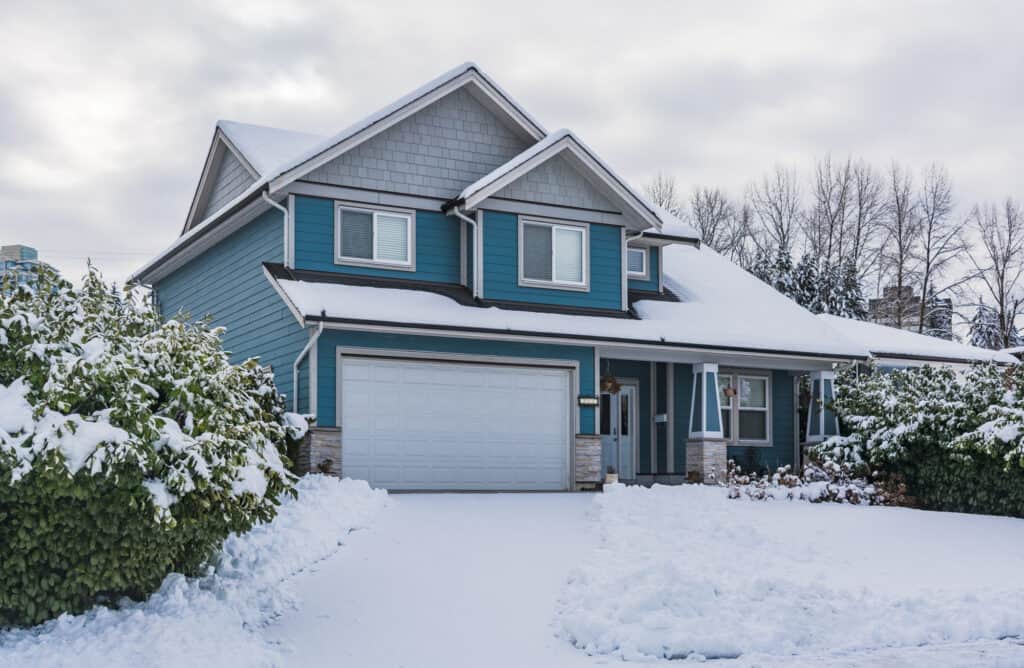All mammals need somewhere warm, dry, and safe to lay their head down at night, and people are no different. The problem, however, is that houses typically need more upkeep than people plan for. Drafty windows, poor insulation, and other common issues can invite damp into the home, leading to issues like cold spots, and worse, mold.
That’s why it’s so important to go through this checklist to find potential issues in your home and make the fixes as soon as you possibly can.
Check Your Exterior Doors
Your doors are one of the main points of entry into your home and can make a huge difference when it comes to keeping cold/heat in or out of your home. They can also be poorly installed, old, or have the sealant crack over time, which is when they’ll need repair or even replacement.
A great way to check if your doors have issues is by simply going in and feeling around with your hand. If you want, you can spray your hand with some water to pick up on slight breezes even more easily. Of course, you can also use a cold or moisture detector tool to pinpoint issues.
You may need to replace the door or the sealant around the door, depending on the source of the issue.
Check Your Windows
Your windows are another huge weak point in your home – even if they’re already double-glazed. This is because, over time, the inert gas that’s between the two window panes can leak out. This happens slowly over time, and the gas itself is non-harmful, so the only problem with this is that it means your windows become draftier, colder, and wetter over time. Other issues include having breaks in the sealant, cracks in the glass, and even rotting frames. All of these issues usually will require a replacement. You can get exact Aladdin replacement windows to fix these problems and leave you with a wonderfully warm, dry home instead.
Check for Non-Breathable Paint
Painting brick homes is all the rage, except for one big problem – many today are painting their homes with a non-breathable paint. These paints may hold up visually to the test of time, but the problem is that they can trap damp and water behind them, which in turn becomes mold inside your home (not to mention crumbles your foundation).
Before you paint your home, always check that it’s compatible with the materials your home is made out of. If you are experiencing problems with mold, damp, or cold, and your home is painted, bring in an expert to see if the paint is the problem.
Check Your Plumbing
The final reason why your home may be damp or moldy is because of faults in your plumbing. Even a single drop of water once per day can cause issues over time. That’s why if you notice any discoloration in your walls or there are parts of your home that experience mold more often than others, it’s important to bring in a professional. Those leaks can be costly and, worst of all, can upset the very foundation of your home. For your family’s health and safety, get your plumbing checked out and fixed ASAP.





